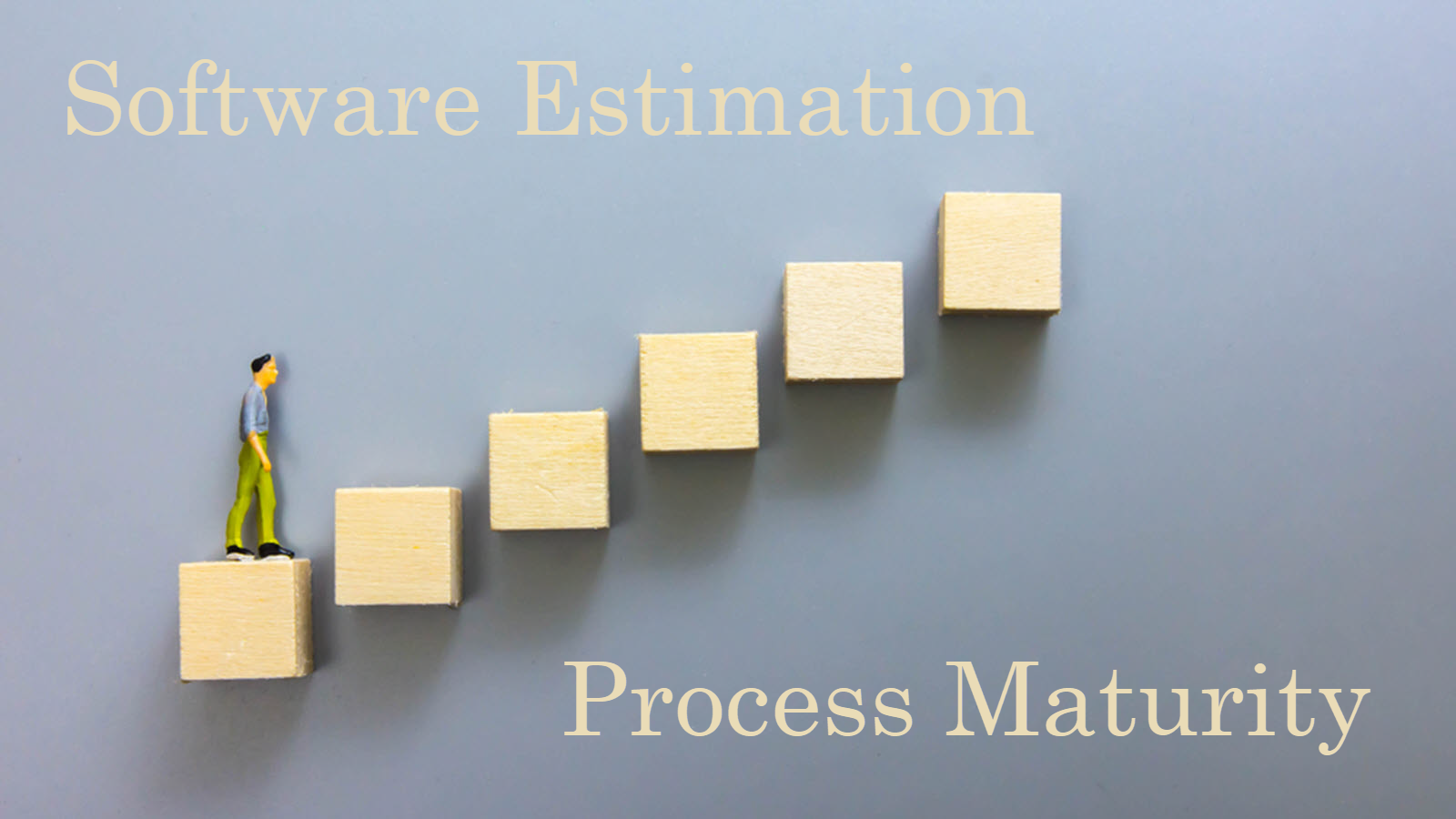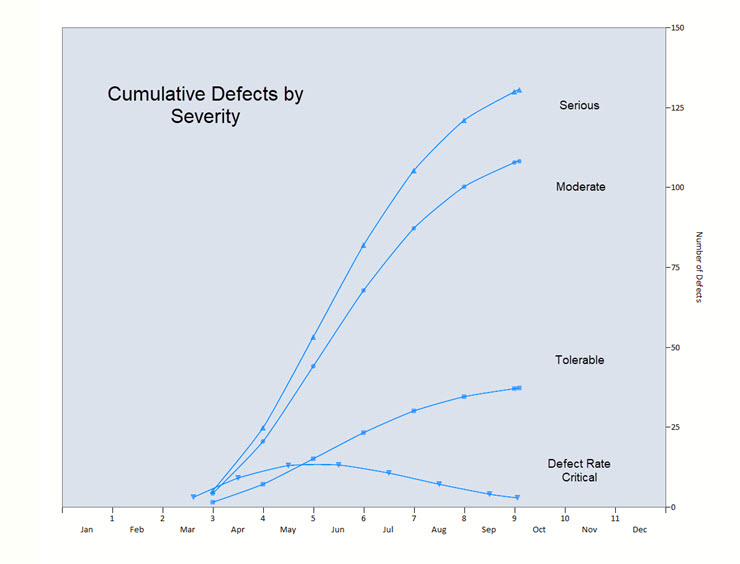Why Software Size is Critical for Measuring Software Development Performance
In today's world, Data Analytics is everywhere helping us recognize patterns and trends, providing insights, and driving business decisions. Software engineers, cost analysts, and project and portfolio managers need data to:
- Sanity check vendor bids
- Prioritize software projects with the highest ROI or to achieve strategic goals
- Secure resources for projects in their pipeline
- Calculate and benchmark productivity and capacity
- Create realistic estimates and plans for new projects.
So ensuring your data is valid and relevant is crucial.
Episode 2: Why Quantify Software Size? is part of our video series, Software Size Matters! Why Quantifying Software Size is Critical for Project Estimating, Tracking, and Performance Benchmarking, that explores how you not only can but should be using software size measures at every stage of the software project, program, or portfolio management process. In this episode, we'll talk about how to keep your measurement process simple and useful and show key software project performance insights gained from software size.
Watch Episode 2: Why Quantify Software Size?





